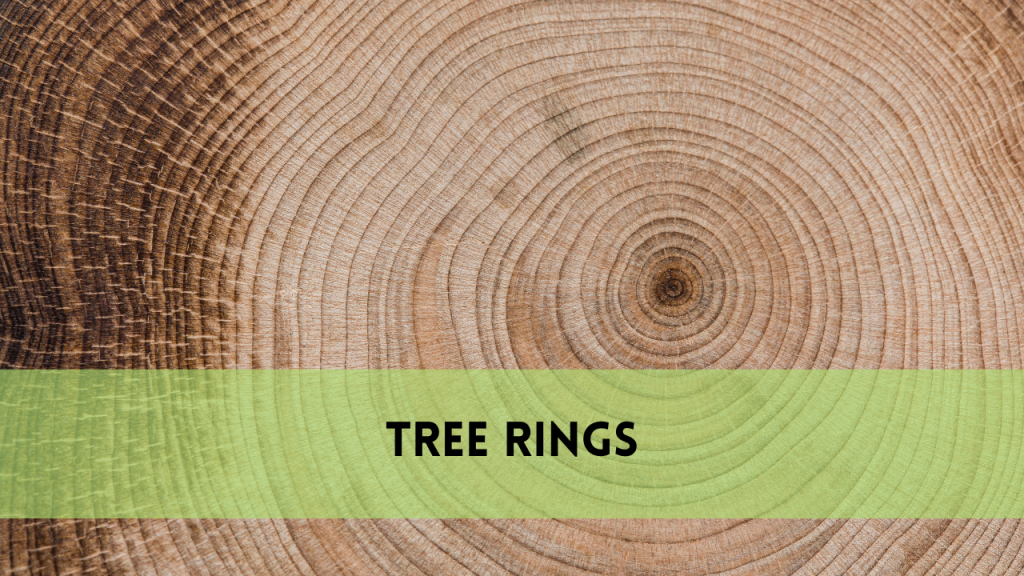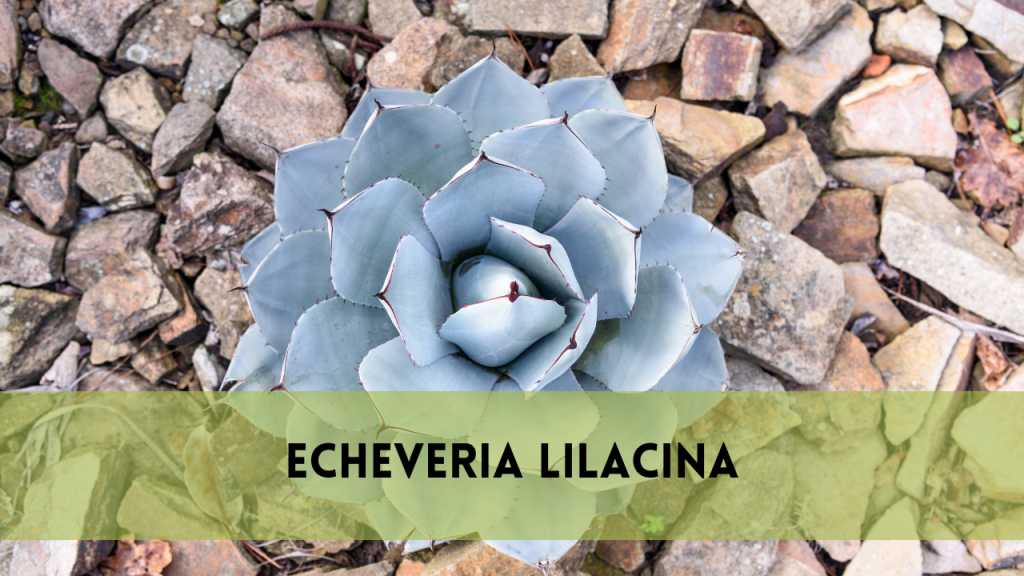Mulberry tree
The mulberry tree is a fascinating plant noted for its numerous uses, tenacity, and long history. Arborist Heights believes that studying and loving this tree can benefit any garden or landscape. In this detailed guide, we’ll explore the intriguing world of mulberry trees, including their traits, benefits, care suggestions, and more. By the end of this piece, you’ll have a fresh appreciation for this frequently neglected floral beauty.
The history of mulberry trees
Mulberry trees have a rich history dating back thousands of years. These trees originated in Asia and have been planted for various purposes, including silkworm farming, medicinal use, and food production. The most common kinds are white mulberry (Morus alba), black mulberry (Morus nigra), and red mulberry (Morus rubra). Each of these species has distinguishing traits and historical significance.
Mulberry Trees
White mulberry (Morus alba)
White mulberry trees are native to China and well-known for their importance in the silk industry. The leaves of this tree are the principal food supply for silkworms, making it an essential component of silk manufacturing. These trees can reach heights of 80 feet and are recognised for their rapid growth and hardiness. The fruit of the white mulberry tree is usually delicious and varies in colour from white to pinkish-purple.
Black Mulberry (Morus nigra)
The black mulberry is native to Western Asia and has been grown for centuries. This tree is smaller than the white mulberry, reaching a height of 30 to 50 feet. The black mulberry fruit ranges from dark purple to black and has a deep, sweet flavour. Black mulberries are frequently used in jams, jellies, and sweets.
Red Mulberry (Morus rubra)
Red mulberry trees are native to North America and are renowned for their toughness and adaptability. These trees can reach 70 feet and yield dark red to purple fruit. The red mulberry can be found in woodlands and along riverbanks, and it thrives in various soil types.
Benefits of Mulberry Trees
Mulberry trees have several benefits, making them an excellent addition to any landscape. Here are some of the most significant advantages:
Nutritional Value
Mulberry fruits are high in minerals, including vitamins C and K, iron, potassium, and fibre. These berries are also high in antioxidants, which can help prevent oxidative stress and lower the risk of chronic diseases.
Environmental Impact
Mulberry trees are great for the environment. They reduce soil erosion, improve air quality by absorbing pollutants, and provide habitat and food for various wildlife species.
Economic Uses
Mulberry trees are economically significant, especially in the silk industry. White mulberry tree cultivation for silkworm rearing is still a common practice in many nations. Mulberry wood is also renowned for its durability and is commonly used in furniture and other woodworking projects.
Growing Mulberry Trees
Mulberry trees are generally easy to grow due to their hardiness and adaptability. Here are some essential suggestions for successful cultivation.
Soil and Location
Mulberry trees need well-drained loamy soil, but they may survive various soil types, including sandy and clay. They thrive in full sunlight but can also grow in partial shade. When selecting a place, make sure there is enough room for the tree to grow to its full size, and consider planting it away from structures or paths to avoid damage from falling fruit.
Planting
Mulberry trees can be planted from seed, cuttings, or saplings. Soak the seeds in water for 24 hours before sowing. For cuttings, pick a healthy branch and place it in moist soil. Saplings should be planted in a hole twice the diameter of the root ball, with the roots spread out. Water the tree thoroughly after planting.
Watering and fertilising
Mulberry trees require constant watering, particularly in their first year of growth. Once established, they are drought-tolerant but will produce more fruit if watered consistently. Fertilise the tree with a balanced fertiliser in early spring to promote healthy growth and fruit yield.
Pruning
Pruning is vital for keeping mulberry trees healthy and in shape. Remove dead or diseased branches, and thin out the canopy to optimise air circulation and light penetration. Pruning should occur in late winter or early spring before new growth begins.
Common Pests and Diseases
Mulberry trees are generally hardy, however they are vulnerable to certain pests and diseases. Here are some common issues to look for:
Pests
Whiteflies: These tiny insects can infest mulberry trees, causing the leaves to yellow and fall prematurely—control whiteflies with insecticidal soap or neem oil.
Scale insects can damage mulberry trees by sucking sap from their branches. To manage scale infestations, use horticultural oil.
Birds love mulberry fruit and can quickly deplete a crop. Netting the tree can assist in keeping the fruit from being devoured.
Diseases
Powdery mildew: This fungal disease produces a white, powdery coating on the leaves. To combat powdery mildew, improve air circulation and use fungicidal sprays.
Bacterial blight can result in leaf spots, twig dieback, and fruit rot. To manage the disease, prune the affected regions and apply copper-based fungicides.
Harvesting Mulberries: Harvesting mulberries is a gratifying activity because the fruit is sweet and versatile.
How to Harvest and Use Mulberries?
When to harvest
Mulberries are usually ready for harvest in late spring or early summer, depending on the variety and climate. The fruit should be full of colour and slightly tender to the touch. Ripe mulberries will easily dislodge from the tree if gently shaken or tugged.
How To Harvest?
To pick mulberries, place a tarp or sheet beneath the tree and shake the branches to loosen the ripened fruit. Then, collect the berries off the tarp and properly wash them before eating or storing them.
Using Mulberries
Mulberries can be consumed fresh or dried or used in a variety of culinary applications. They work well in pies, jams, jellies, smoothies, and salads. Dried mulberries are a healthful snack that may be used with cereals and baked products.
Related Posts:
FAQS
Are mulberries safe to consume?
Yes, mulberries are safe and beneficial. They can be eaten fresh, dried, or cooked in various ways.
How quickly do mulberry trees grow?
Mulberry trees are recognised for quick growth, particularly in the first few years. In ideal conditions, they can grow many feet per year.
Can I grow mulberry trees in pots?
While mulberry trees can be grown in huge pots, it is usually preferable to plant them in the ground where they can grow more freely.
Do Mulberry trees attract wildlife?
Mulberry trees’ fruit and leaves attract a variety of species, including birds, squirrels, and insects.
How long does a mulberry tree live?
Mulberry trees can live for decades, with some varieties reaching 75 years or more under perfect conditions.
Conclusion
Mulberry trees are flexible and important additions to any landscape. With its rich history and countless benefits, this tree has something for everyone. Arborist Heights can help you cultivate your mulberry tree or learn about this intriguing plant. Accept the beauty and wealth of mulberry trees, and appreciate their numerous benefits.




